Grape Variety
Cabernet-Sauvignon
"ka-behr-NAY soh-vee-NYON"
Wine Styles
 Sparkling
Sparkling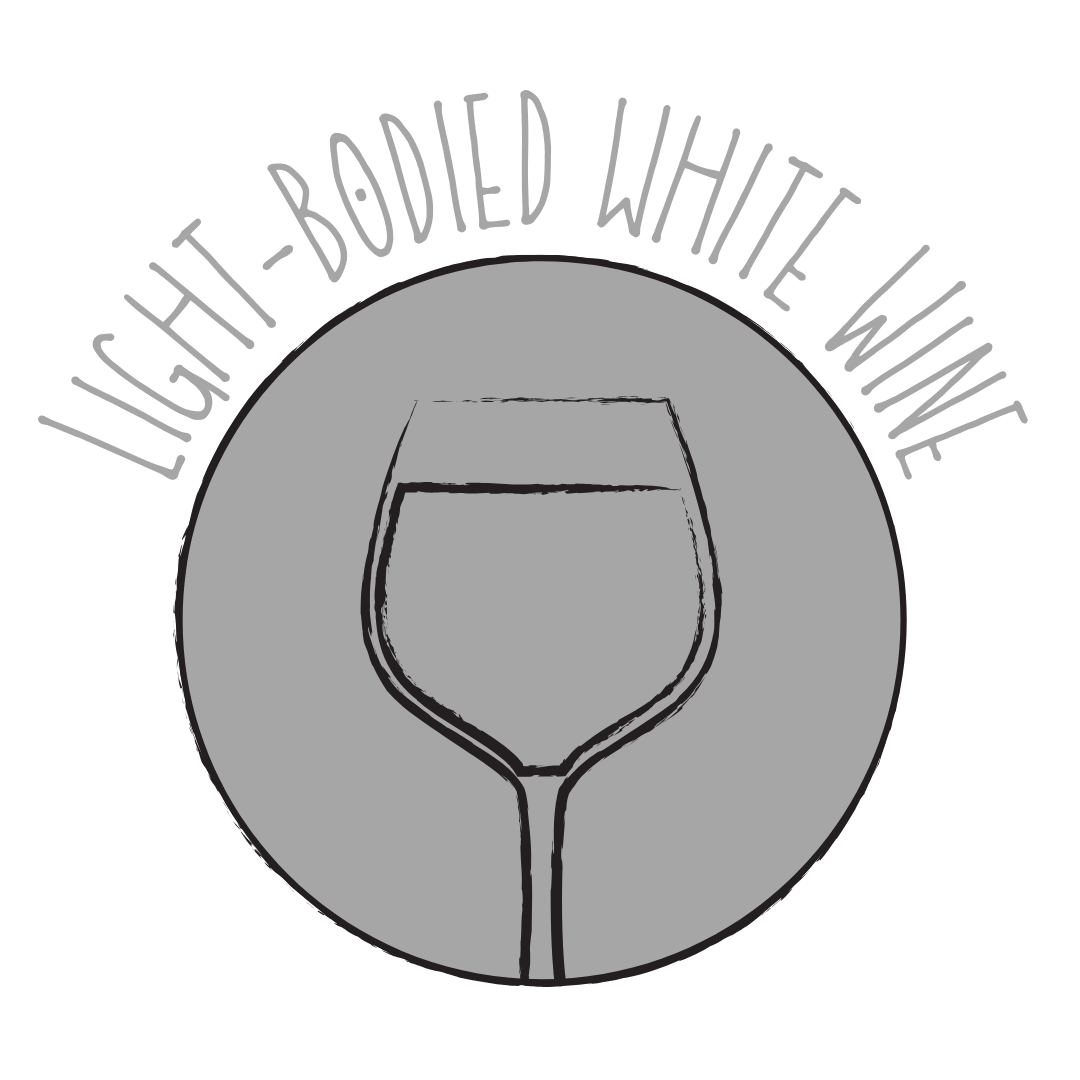 Light White
Light White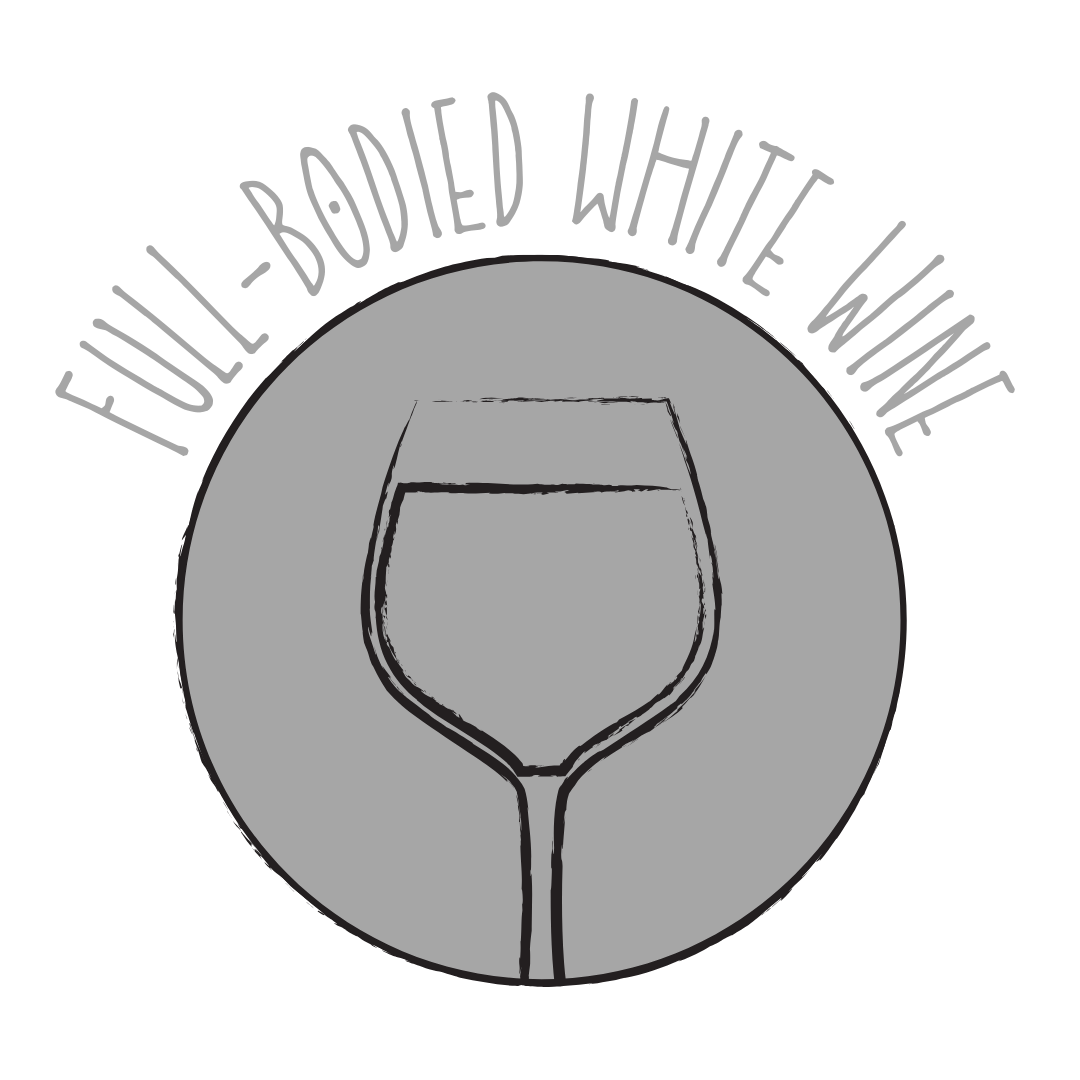 Full White
Full White Aromatic
Aromatic Rosé
Rosé Light Red
Light Red Medium Red
Medium Red Full Red
Full Red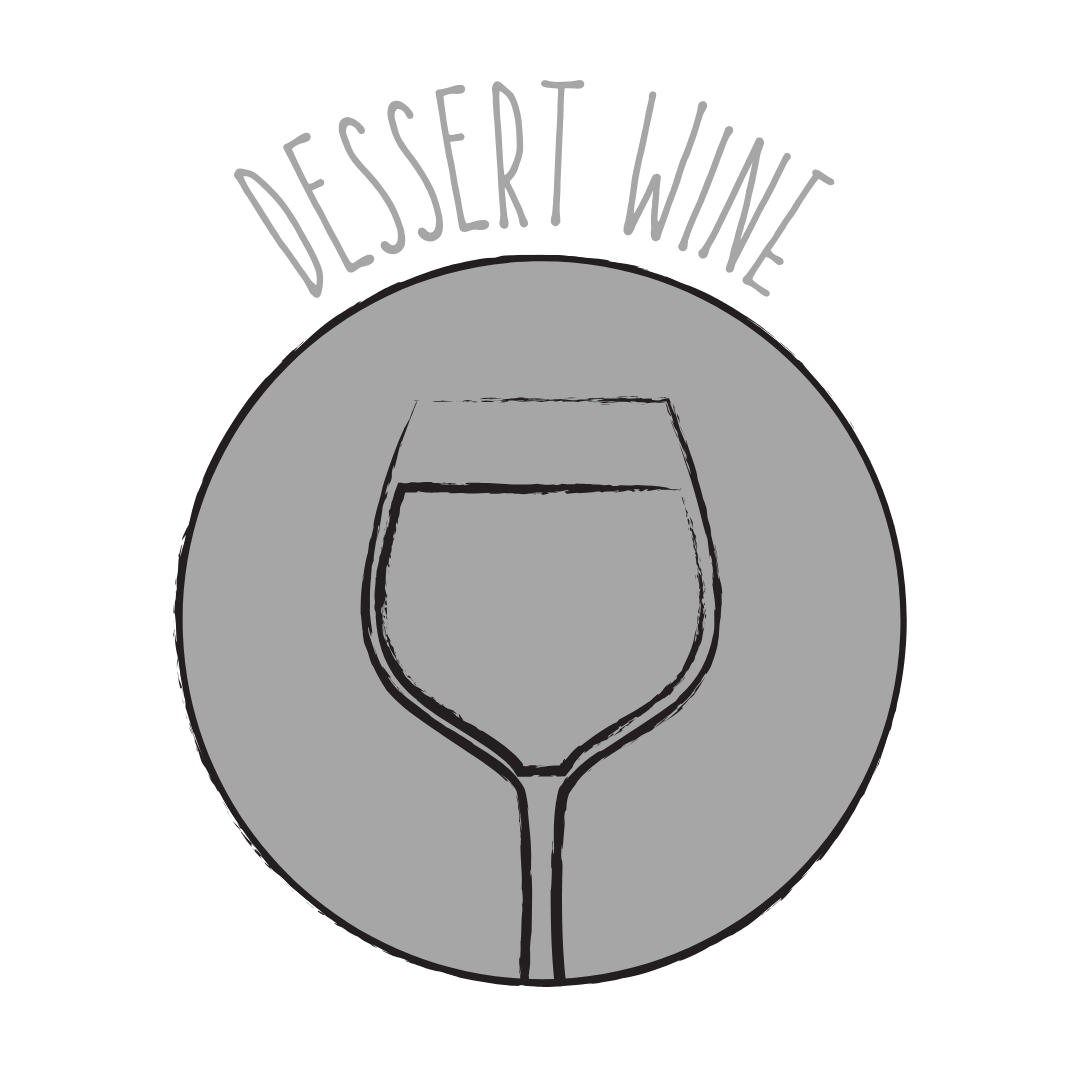 Dessert
DessertAbout Cabernet-Sauvignon
Origin
Bordeaux, France
History
Cabernet Sauvignon originated in the Bordeaux region of France and is the result of a natural crossing between Cabernet Franc and Sauvignon Blanc. This crossing likely occurred in the 17th century. The grape has since become one of the most widely planted and recognized red wine varieties globally, known for its adaptability to various climates and soils.
Appearance
Small, thick-skinned, deep blue-black berries growing in loose clusters.
Growing Traits
Cabernet Sauvignon is a vigorous, late-ripening variety that thrives in well-drained soils, particularly gravelly terrains. Its thick skins contribute to high tannin levels and deep color. The grape is adaptable to various climates, from warm regions like California's Napa Valley to cooler areas such as Bordeaux. Careful vineyard management is essential to balance yields and achieve optimal ripeness.
Wine Characteristics
Body
5/5
Sweetness
1/5
Tannin
5/5
Acidity
4/5
Alcohol
4/5
Full-bodied with a robust and structured profile, offering depth and concentration. Dry, with minimal residual sugar, focusing on dark fruit and savory flavors. High tannin levels, providing firm structure and significant aging potential. Medium to high acidity, contributing to freshness and balance, supporting the wine's structure. Moderate to high alcohol content, typically ranging between 13% and 15%, ensuring balance and intensity.
Taste Profile

Black Currant
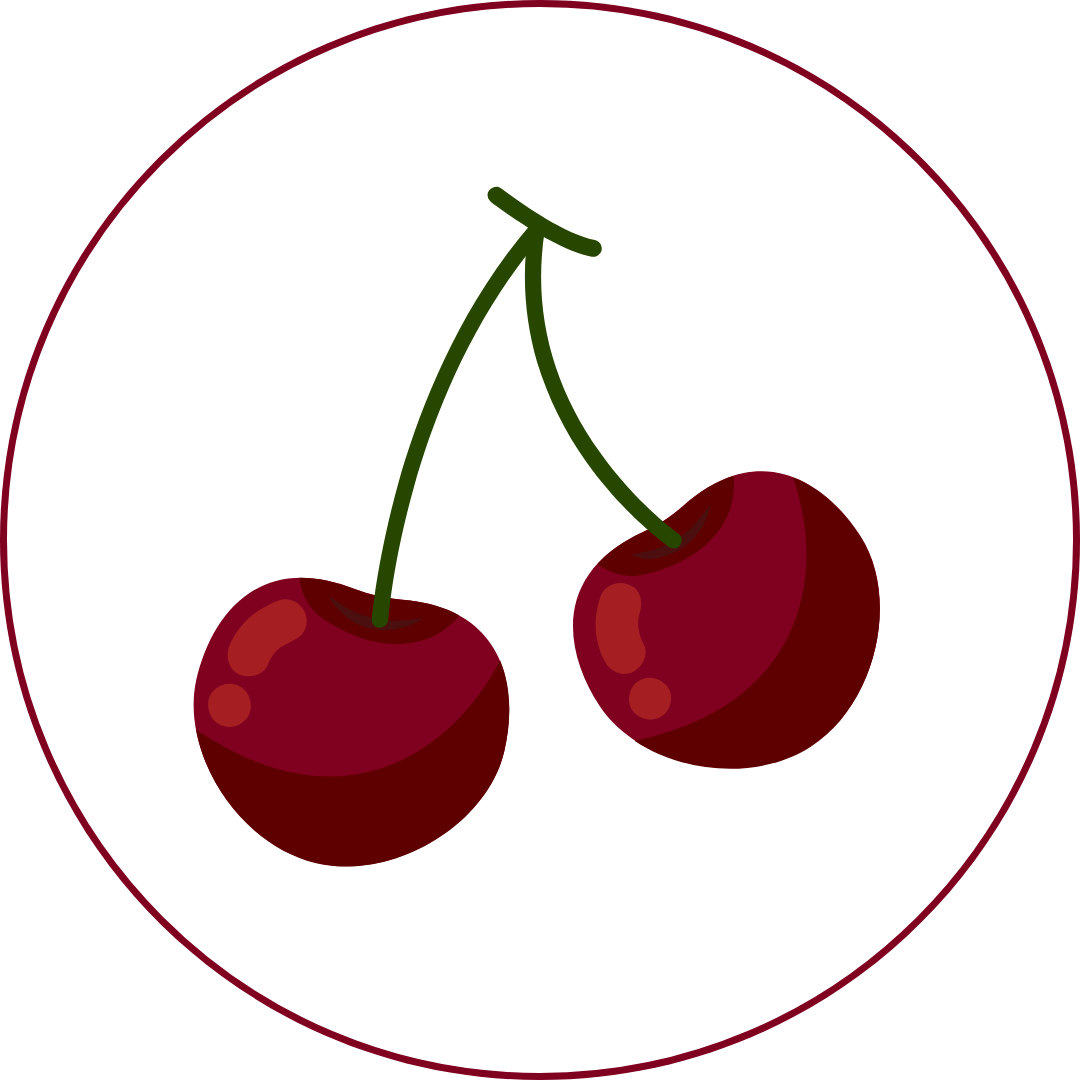
Black Cherry
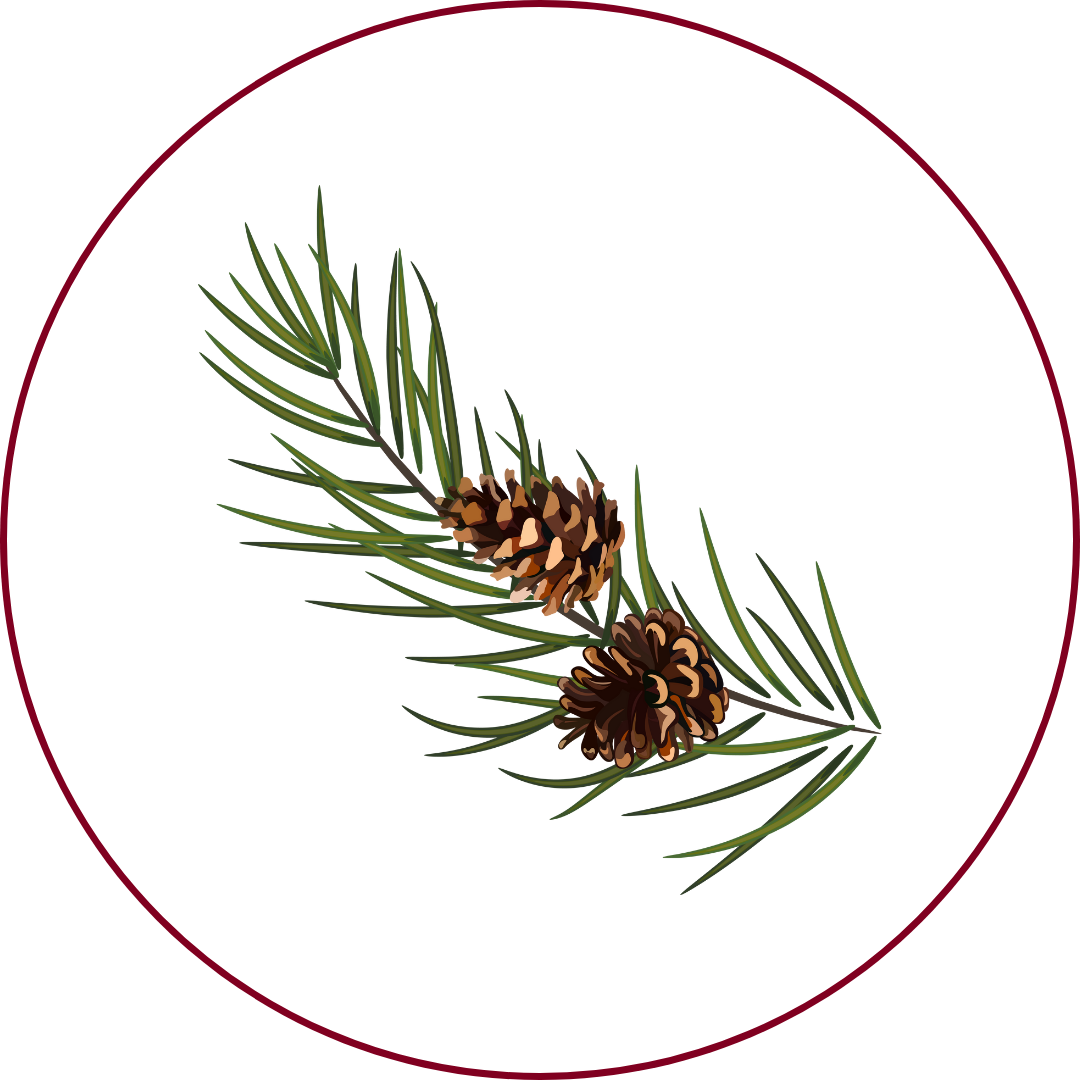
Cedar

Graphite
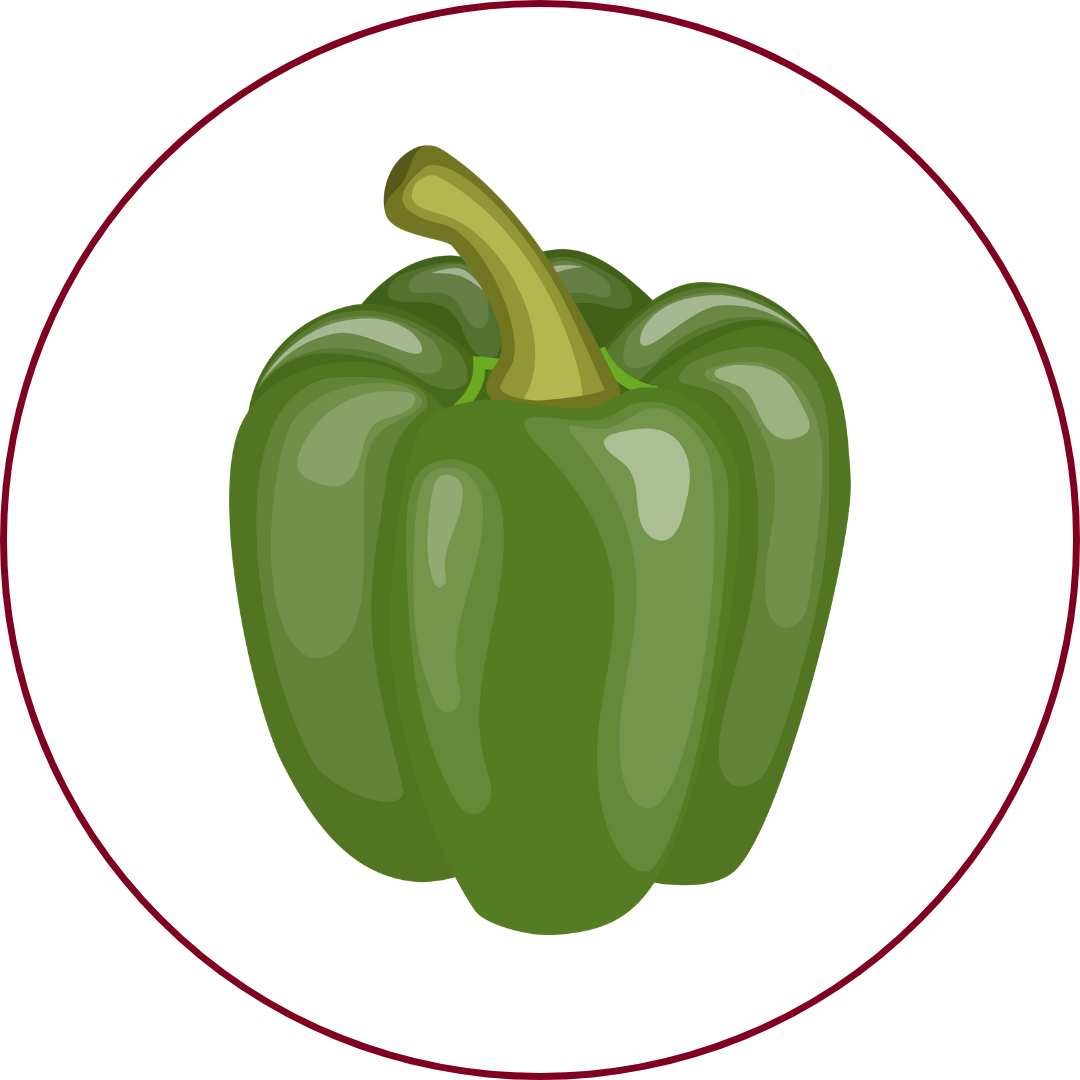
Green Bell Pepper
Cabernet Sauvignon wines are characterized by dark fruit flavors like black currant and black cherry, complemented by notes of cedar, graphite, and sometimes green bell pepper. The high tannins and balanced acidity provide a firm structure, leading to a long, complex finish.
Food Pairing
Cabernet Sauvignon's full body, high tannins, and rich flavors make it an excellent match for hearty dishes such as grilled steaks, lamb chops, and aged cheeses. The wine's structure complements the protein and fat in these foods, enhancing the dining experience.
Growing Regions

France
BordeauxLanguedoc

United States
CaliforniaWashington State

Australia
CoonawarraMargaret River

Chile
Maipo ValleyColchagua Valley
Notable Wines & Producers
Château Margaux
Château Margaux
Opus One
Opus One Winery
Penfolds Bin 707
Penfolds
Cabernet-Sauvignon FAQ
Common questions about this grape variety
What is the origin of Cabernet-Sauvignon?
+
Bordeaux, France
Is Cabernet-Sauvignon wine full bodied?
+
Cabernet-Sauvignon has a body level of 5 out of 5. Which means that Cabernet-Sauvignon is Full bodied.
Is Cabernet-Sauvignon wine dry or sweet?
+
Cabernet-Sauvignon has a dryness level of 1 out of 5. Which means that Cabernet-Sauvignon is Dry.
Where is Cabernet-Sauvignon wine from?
+
Bordeaux, France
Where is Cabernet-Sauvignon grown?
+
Cabernet-Sauvignon is grown in France (Bordeaux, Languedoc)United States (California, Washington State)Australia (Coonawarra, Margaret River)Chile (Maipo Valley, Colchagua Valley).
What is Cabernet-Sauvignon like?
+
Cabernet Sauvignon wines are characterized by dark fruit flavors like black currant and black cherry, complemented by notes of cedar, graphite, and sometimes green bell pepper. The high tannins and balanced acidity provide a firm structure, leading to a long, complex finish.
What does Cabernet-Sauvignon pair with?
+
Cabernet Sauvignon's full body, high tannins, and rich flavors make it an excellent match for hearty dishes such as grilled steaks, lamb chops, and aged cheeses. The wine's structure complements the protein and fat in these foods, enhancing the dining experience.
What does Cabernet-Sauvignon taste like?
+
Cabernet Sauvignon wines are characterized by dark fruit flavors like black currant and black cherry, complemented by notes of cedar, graphite, and sometimes green bell pepper. The high tannins and balanced acidity provide a firm structure, leading to a long, complex finish.
Take Cabernet-Sauvignon Knowledge with You
Access detailed grape profiles, tasting notes, and pairing suggestions on your iPhone.
Download on theApp Store